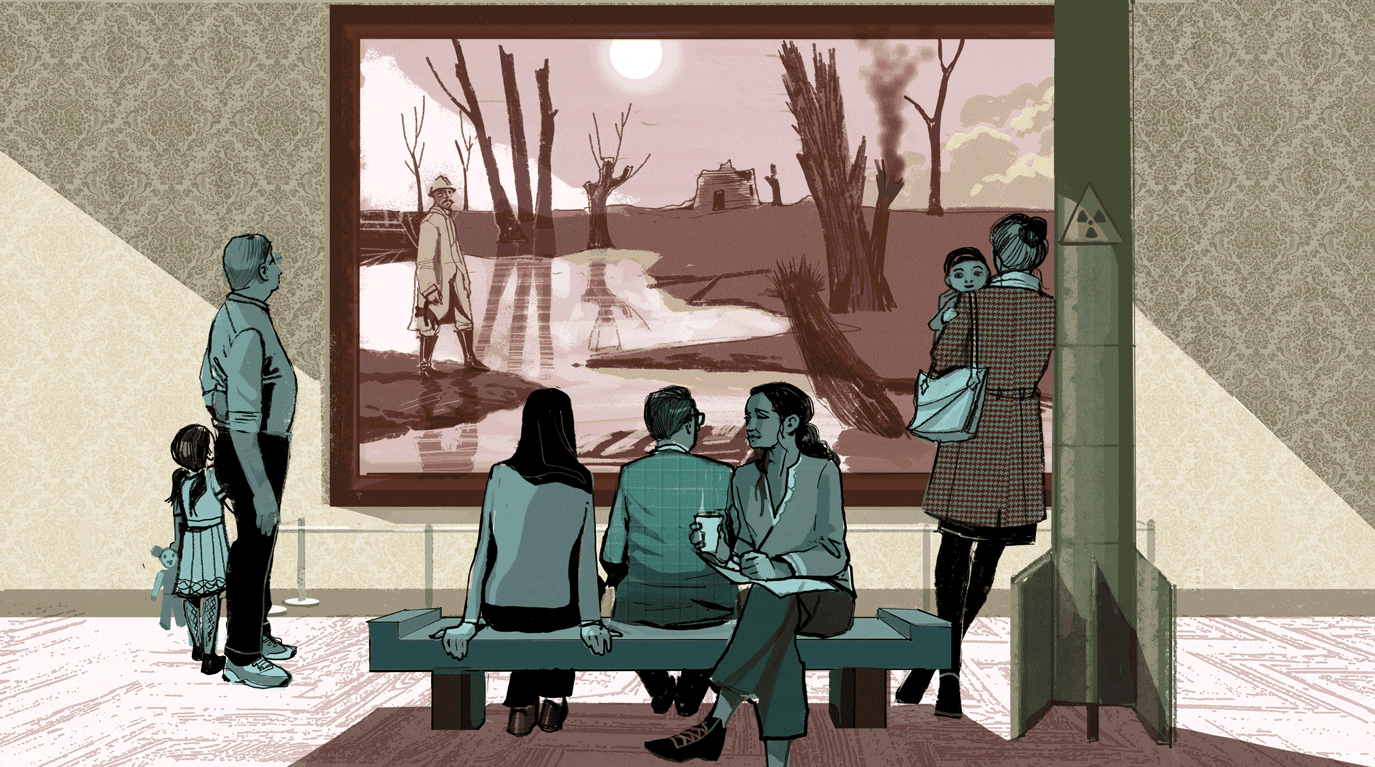Why world powers are unlikely to start another great war

The US mid-term elections occupied many of the political headlines last week, but another landmark event awaited Donald Trump as he headed to Europe at the weekend.
For Trump, pausing for breath after a hectic campaign, joined other world leaders such as Vladimir Putin to mark the centenary of the end of the First World War. This includes a key event in Paris on Armistice Day hosted by Emmanuel Macron that will prompt much reflection on the state of international relations today.
One hundred years on, while another world war cannot be ruled out, the prospect of this in the foreseeable future is not as high as a century ago. The relative global balance of power is different today and nuclear weapons and international institutions, especially the UN, generally act as a restraining force against major conflict that did not then exist.
Nevertheless, the world today does have parallels with the early 20th century. For instance, there is, once again, a significant movement in global power taking place. Today, power is shifting to key developing countries in Asia, with China the primary beneficiary so far. This contrasts with 100 years ago, when Germany and the US were the key rising nations.
And, as a century ago, geopolitical tensions are mounting as revisionist nations challenge key elements of the international order. This is partly driven by rising economic powers resurrecting nationalism and claims for resources.
This underlines that it is perhaps Asia where most tension and insecurity lies in terms of potential for a great power war. Despite Chinese President Xi Jinping’s wise goal to seek “a new type of great power relationship” with the US, learning the lessons of previous eras, his nation’s remarkable rise is nonetheless unsettling the region, and much of the world beyond.
Japanese Prime Minister Shinzo Abe drew parallels in 2014 with the geopolitical landscape in Asia and Europe on the eve of war in 1914. Moreover, the Philippine president compared what he claimed was Beijing’s track record of belligerent behavior with German expansionism in the 20th century by openly questioning: “At what point do you say, ‘Enough is enough?’”
Aside from the many millions who died from 1914 to 1918, the war set in progress several developments that blighted the world for decades to come.
Andrew Hammond
Yet while the risk of war in Asia cannot be dismissed, there are some key differences today with the world of 100 years ago, which, in the absence of a catastrophic miscalculation, make a major-power war unlikely for the foreseeable future.
This is not least because memories of the First World War, and indeed the Second World War, linger powerfully even today. With justification, the First World War was described as the “great seminal catastrophe” of the 20th century by US diplomat George Kennan, who later became the architect of the US Cold War containment strategy.
Aside from the many millions who died from 1914 to 1918, the war set in progress several developments that blighted the world for decades to come. These include the emergence of communism in Russia and — as numerous historians assert — the rise of Nazi Germany and the seeds of the Second World War.
Another major difference between now and 100 years ago is the presence of nuclear weapons, which, as during the Cold War, generally serve as a brake on major power conflict. It is noteworthy here that both key emerging powers, including China and India, and established powers such as the US, France and the UK, possess nuclear arsenals.
A further fundamental change is that, unlike in 1914, there is now a dense web of post-war international institutions, especially the UN, which continue to have significant resilience and legitimacy decades after their creation. While these bodies are imperfect, and in need of reform, the fact remains that they have generally enabled international security, especially with five of the key powers all on the UN Security Council.
Moreover, the relative balance between the two leading powers today is different today from a century ago. That is, the gap between the US and China is greater today than that between the UK and Germany 100 years ago.
Perhaps the biggest consequence of the First World War was the dawn of the “American Century,” in which the US emerged as the world’s most powerful nation. To be sure, the country has undergone relative decline, and China is now the largest economy in the world based on purchasing power parity data.
However, the US remains significantly ahead of China on most measures of national strength, including military might, and is likely to enjoy an overall advantage for years. Indeed, unlike the UK in the 20th century, there are indications that US power may remain resilient for decades to come, buoyed by factors such as the country’s “energy revolution,” which has potentially far-reaching geopolitical consequences.
Taken overall, the prospect of a major power war in the foreseeable future is not as high as a century ago. The relative global balance of power is different today, partly because of the resilience of US power. Moreover, nuclear weapons and international institutions that did not exist 100 years ago generally act as a restraining force against major conflict.
- Andrew Hammond is an Associate at LSE IDEAS at the London School of Economics.








































